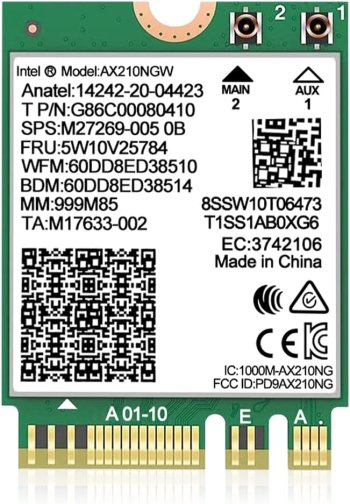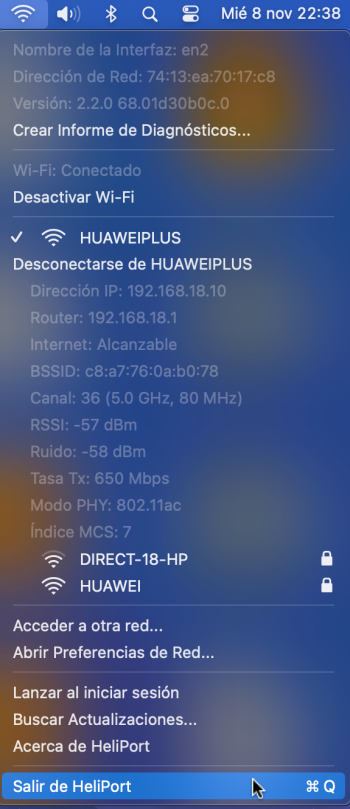This thread is for people who have older Macs for which Sonoma (and thus Wi-Fi) support was dropped by Apple. This thread is relevant to those who want to run Sonoma on their unsupported Mac without root-patching the macOS Wi-Fi framework.
The purpose of this thread is to allow contributors to suggest and nominate proven/tested, Sonoma-compatible Wi-Fi solutions that replace the factory-installed Mac Wi-Fi and that do not require any root patches (e.g., solutions that do not require Open Core Legacy Patcher - OCLP) or other macOS root patches. Posts with proven/tested Sonoma-compatible Wi-Fi solutions should include device manufacturer, model number, additional software (if necessary) and suggested sources (for purchase). Also comment on the approximate cost of the solution (if known).
Nominated solutions can be any Sonoma-compatible Wi-Fi that replaces the Mac's factory-installed Wi-Fi and does not require root patches. A Wi-Fi solution that connects to a Mac's USB port or one that connects to a Mac's Ethernet port (if the Mac has one) are perfectly acceptable. As long as the proposed Wi-Fi solution is compatible with Sonoma, there are no chipset restrictions (e.g., Intel chipset is acceptable if the solution works with Sonoma).
A Sonoma-compatible Wi-Fi alternative that is portable is desirable, with a cost less than buying a new Mac.
If you are aware of any limitations of your proposed solution (e.g., no Airdrop), please include in your post.
*** At the time of this post, users who do not need macOS Sonoma may choose to stay with Monterey or Ventura where OCLP Wi-Fi root patches are not required. Monterey and Ventura are still supported by Apple and are still receiving updates from Apple. ***
The purpose of this thread is to allow contributors to suggest and nominate proven/tested, Sonoma-compatible Wi-Fi solutions that replace the factory-installed Mac Wi-Fi and that do not require any root patches (e.g., solutions that do not require Open Core Legacy Patcher - OCLP) or other macOS root patches. Posts with proven/tested Sonoma-compatible Wi-Fi solutions should include device manufacturer, model number, additional software (if necessary) and suggested sources (for purchase). Also comment on the approximate cost of the solution (if known).
Nominated solutions can be any Sonoma-compatible Wi-Fi that replaces the Mac's factory-installed Wi-Fi and does not require root patches. A Wi-Fi solution that connects to a Mac's USB port or one that connects to a Mac's Ethernet port (if the Mac has one) are perfectly acceptable. As long as the proposed Wi-Fi solution is compatible with Sonoma, there are no chipset restrictions (e.g., Intel chipset is acceptable if the solution works with Sonoma).
A Sonoma-compatible Wi-Fi alternative that is portable is desirable, with a cost less than buying a new Mac.
If you are aware of any limitations of your proposed solution (e.g., no Airdrop), please include in your post.
*** At the time of this post, users who do not need macOS Sonoma may choose to stay with Monterey or Ventura where OCLP Wi-Fi root patches are not required. Monterey and Ventura are still supported by Apple and are still receiving updates from Apple. ***
Last edited:







